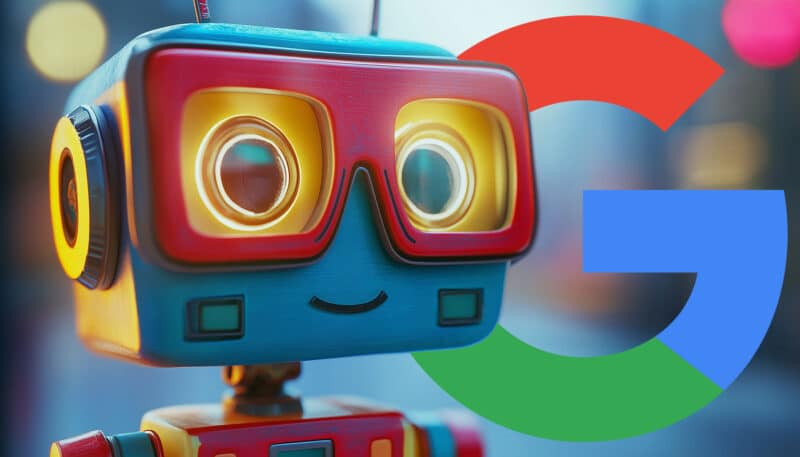Google image AI model can now generate humans for ads

Google announced new creative tools in Google Ads, leveraging its Imagen 3 AI model to generate lifestyle imagery across Performance Max, Demand Gen, Display, and Apps campaigns.
How it works. Advertisers can input specific prompts like “middle-aged man chopping carrots,” with options to customize age, gender, race, and ethnicity while maintaining control over final image selection.
Key features:
- Text-to-image AI generation for humans – a first for Google Ads.
- Asset-audience recommendations to improve ad targeting.
- Asset testing for Performance Max campaigns with feed-only strategies.
- AI-generated image suggestions coming soon for even faster creative development.
The big picture. AI-assisted ad creation is evolving rapidly, with Google introducing safeguards to prevent misuse:
- No AI-generated brand-name products
- No politicians or celebrities
- No minors
- No explicit or sensitive content
- All AI-created images labeled with SynthID
Why we care. Google’s latest AI-powered update enables businesses to generate images featuring humans, dramatically reducing the cost and time traditionally required for lifestyle photo shoots while offering unprecedented flexibility in creating diverse, targeted ad creative.
The ability to generate custom human images on-demand means advertisers can quickly test different demographics and scenarios in their ads, potentially improving campaign performance
Between the lines. Google is walking a fine line between automation and advertiser control. Marketers can guide image generation with prompts while maintaining final approval over creatives.
Bottom line. Google’s expansion of AI-generated ad content could significantly cut production time and costs while keeping ad content within strict safety parameters.






Recent Comments